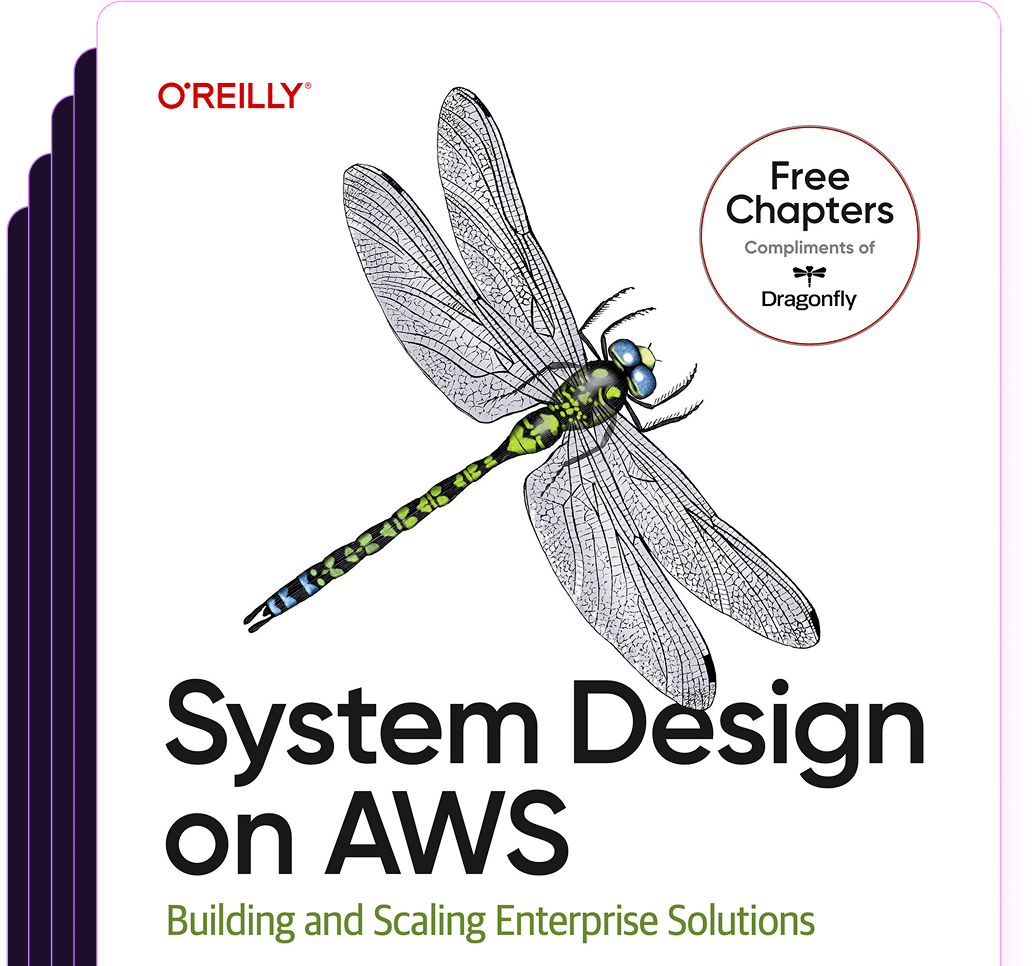Question: What is the difference between FinOps and DevOps?
Answer
While both FinOps and DevOps aim to improve operational efficiency within organizations, they serve distinctly different purposes. Let's break down the goals, principles, and workflows of each to better understand their differences and where they overlap.
What is FinOps?
FinOps (Financial Operations) is a framework and cultural practice focused on optimizing cloud and IT spending within organizations. It is designed to bring together teams from finance, engineering, and business to collaborate on managing cloud costs while ensuring agility, operational efficiency, and control over expenditures.
Core Goals of FinOps:
- Cost Awareness: Make everyone aware of cloud spending by tracking and forecasting in real-time.
- Accountability: Ensure the right people pay attention to cloud costs, linking spending to individual teams or projects.
- Optimization: Maximize efficiency without sacrificing performance, ensuring organizations get the most out of their cloud investment.
- Agility: Enable the business to move fast with cloud resources while controlling costs and waste efficiently.
Key FinOps Practices:
- Cloud cost allocation and showback/chargeback models.
- Regularly reviewing and optimizing cloud resources for cost-efficiency.
- Collaboration between Finance, Engineering, Operations, and Business teams.
- Leveraging automation for cost optimization (e.g., auto-scaling, rightsizing resources).
What is DevOps?
DevOps (Development Operations) is a set of practices that blend both software development (Dev) and IT operations (Ops) with the goal of shortening the software development lifecycle and delivering high-quality features, fixes, and updates rapidly and reliably.
Core Goals of DevOps:
- Collaboration: Foster communication and collaboration between development and operations teams to improve overall efficiency.
- Automation: Automate processes such as deployment, testing, and monitoring to reduce manual tasks and human error.
- Continuous Integration and Delivery (CI/CD): Enable quick development, testing, and deployment cycles for continuous feedback and improvement.
- Monitoring: Continuously monitor applications in production to ensure performance stability and fast feedback.
Key DevOps Practices:
- Implementing automated pipelines for Continuous Integration/Continuous Delivery (CI/CD).
- Infrastructure as Code (IaC) for automating infrastructure provisioning.
- Continuous monitoring, alerting, and incident management.
- Collaboration between developers, operations, and security teams.
FinOps vs DevOps: Key Differences
| Aspect | FinOps | DevOps |
|-------------------|---------------------------------------------------------|--------------------------------------------------------|
| Primary Focus | Optimizing cloud and IT costs, creating cost governance | Shortening the development lifecycle through automation and collaboration |
| Collaboration | Core collaboration between finance, engineering, and business teams | Core collaboration between development, operations, and often security teams |
| Process Goals | Reducing unnecessary expenditure while maximizing value | Rapid development and deployment but maintaining stability |
| Automation | Automating cost tracking, cost allocation, and rightsizing resources | Automating build, test, deployment, and monitoring processes |
| Key Metrics | Cloud cost efficiency, cost savings, resource optimization | Deployment frequency, lead time, mean time to recovery (MTTR) |
| Example Tools | CloudHealth, AWS Cost Explorer, Cloudability | Jenkins, Kubernetes, Docker, Ansible, Terraform |
Where the Two Meet
- Shared Collaboration and Culture: Both FinOps and DevOps emphasize cross-team collaboration, albeit with different teams (i.e., finance vs. operations & development).
- Cloud Usage: As more organizations move to cloud-based infrastructures, both FinOps and DevOps are becoming integral in optimizing cloud resources — FinOps focuses on the cost aspect, and DevOps focuses on leveraging cloud environments for flexibility and agility.
- Automation Driven: Both practices thrive on automation, using tools to reduce overhead. In FinOps, automated tools might deal with cloud cost alerts, while in DevOps they handle deployments or infrastructure provisioning.
Conclusion:
While FinOps and DevOps are distinct in their primary goals—cost efficiency vs operational efficiency—they both share the principles of collaboration, automation, and continuous improvement. In modern cloud-based organizations, achieving success often requires both FinOps to manage cloud-spend and DevOps to maintain high-speed delivery without compromising quality.
Was this content helpful?
Help us improve by giving us your feedback.
Other Common FinOps Questions (and Answers)
- Is FinOps only for cloud?
- How is AI used in FinOps?
- What are FinOps building blocks?
- What is the difference between FinOps and FinTech?
- What problem does FinOps solve?
- What is the difference between cloud economics and FinOps?
- What is the difference between TBM and FinOps?
- Is FinOps a good career?
- How long has FinOps been around?
- Is FinOps certification worth it?
- What are the FinOps pillars?
- What is the FinOps Iron Triangle?
Free System Design on AWS E-Book
Download this early release of O'Reilly's latest cloud infrastructure e-book: System Design on AWS.

Switch & save up to 80%
Dragonfly is fully compatible with the Redis ecosystem and requires no code changes to implement. Instantly experience up to a 25X boost in performance and 80% reduction in cost